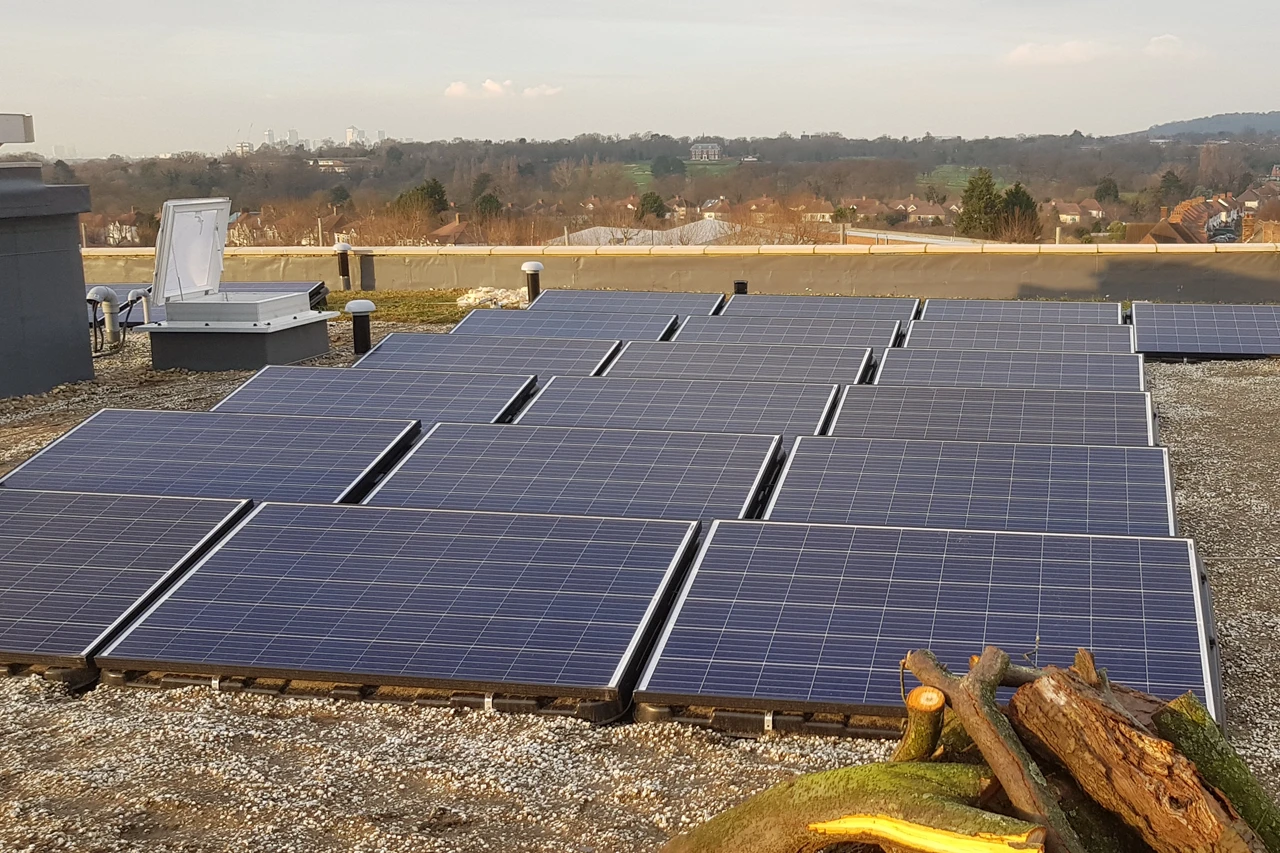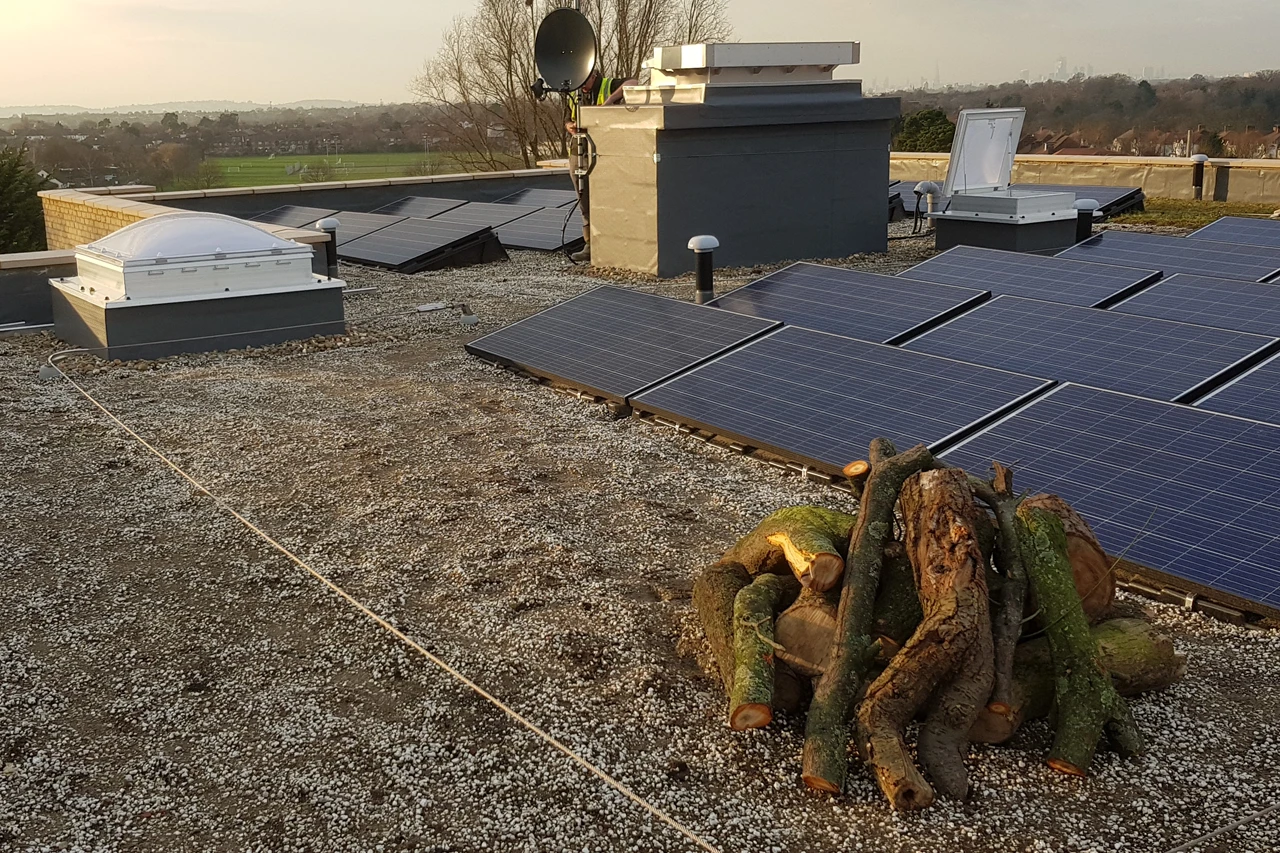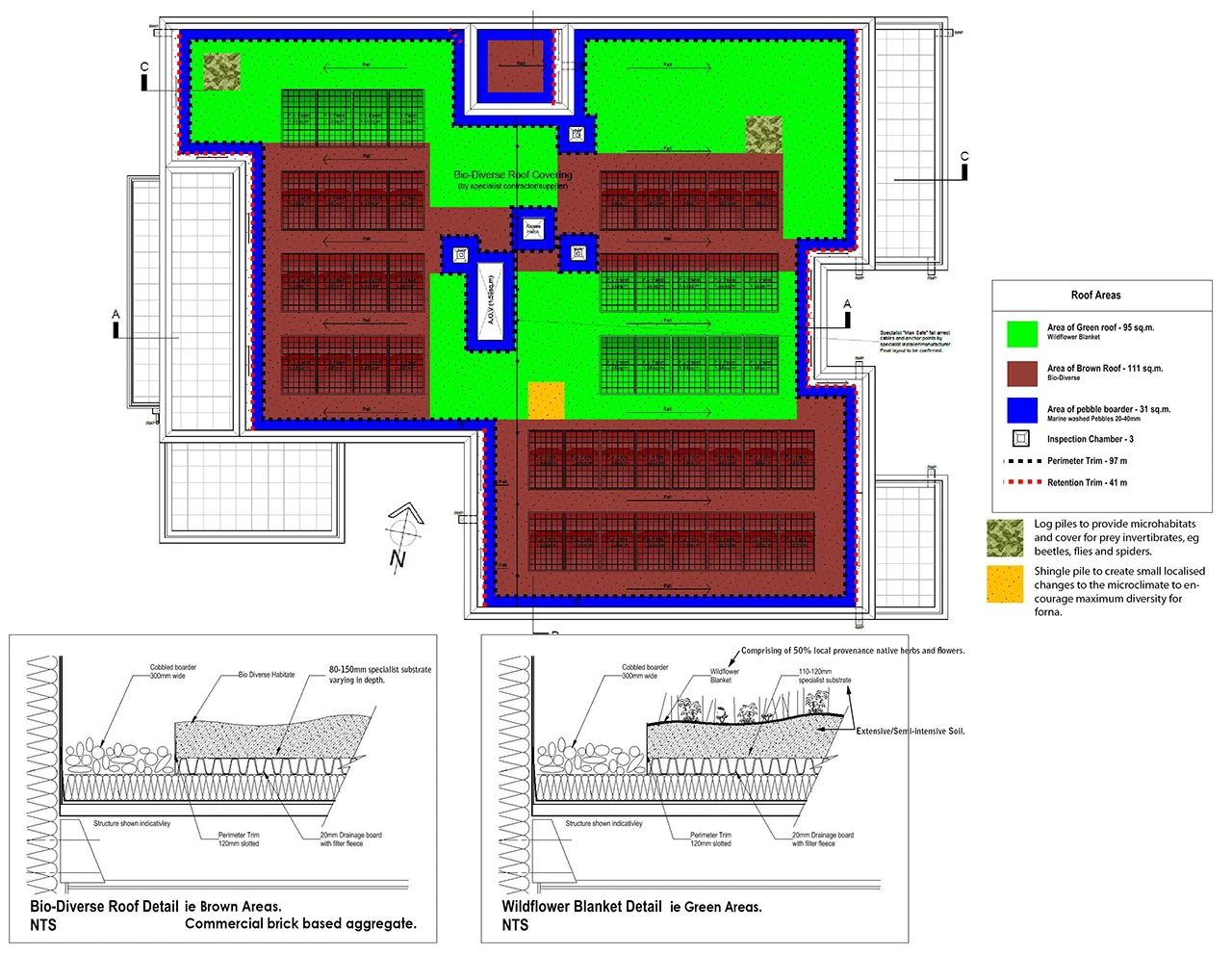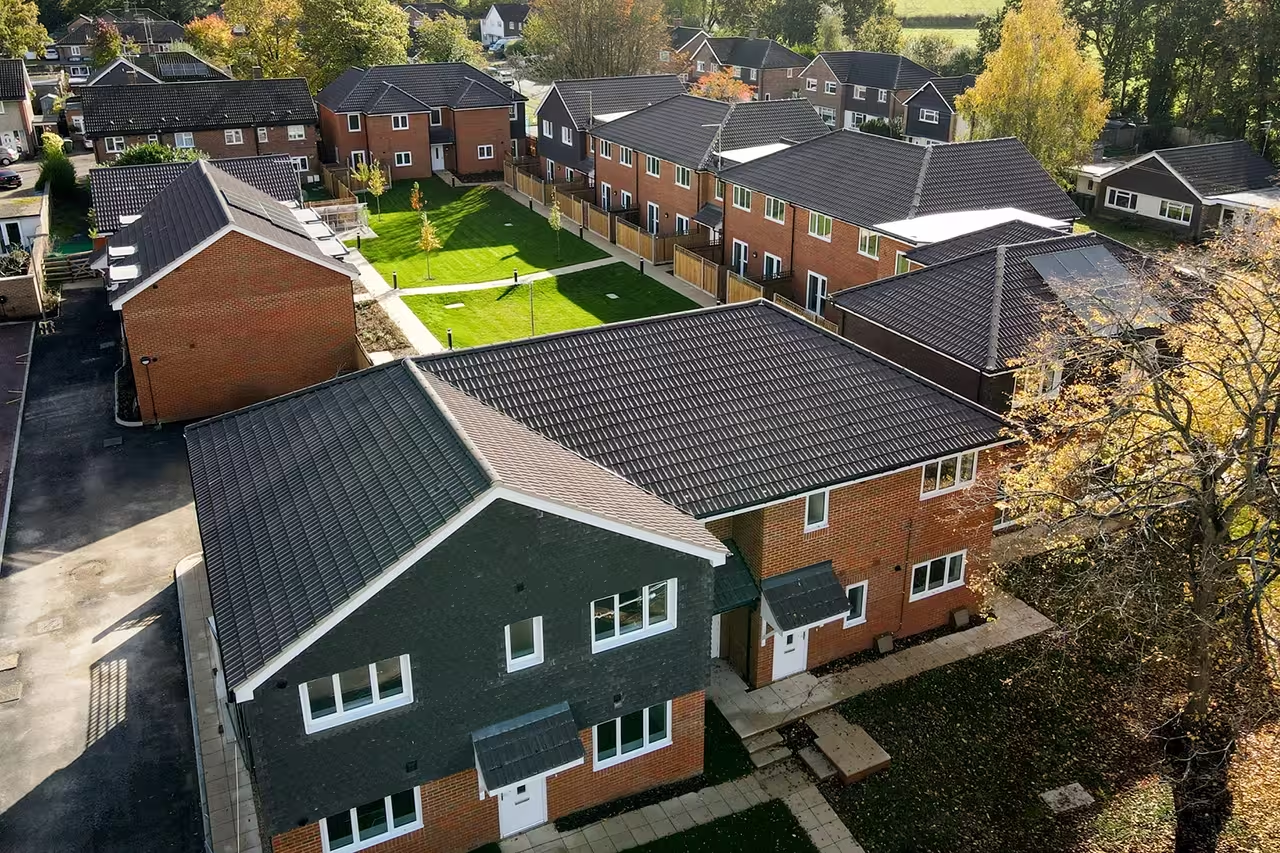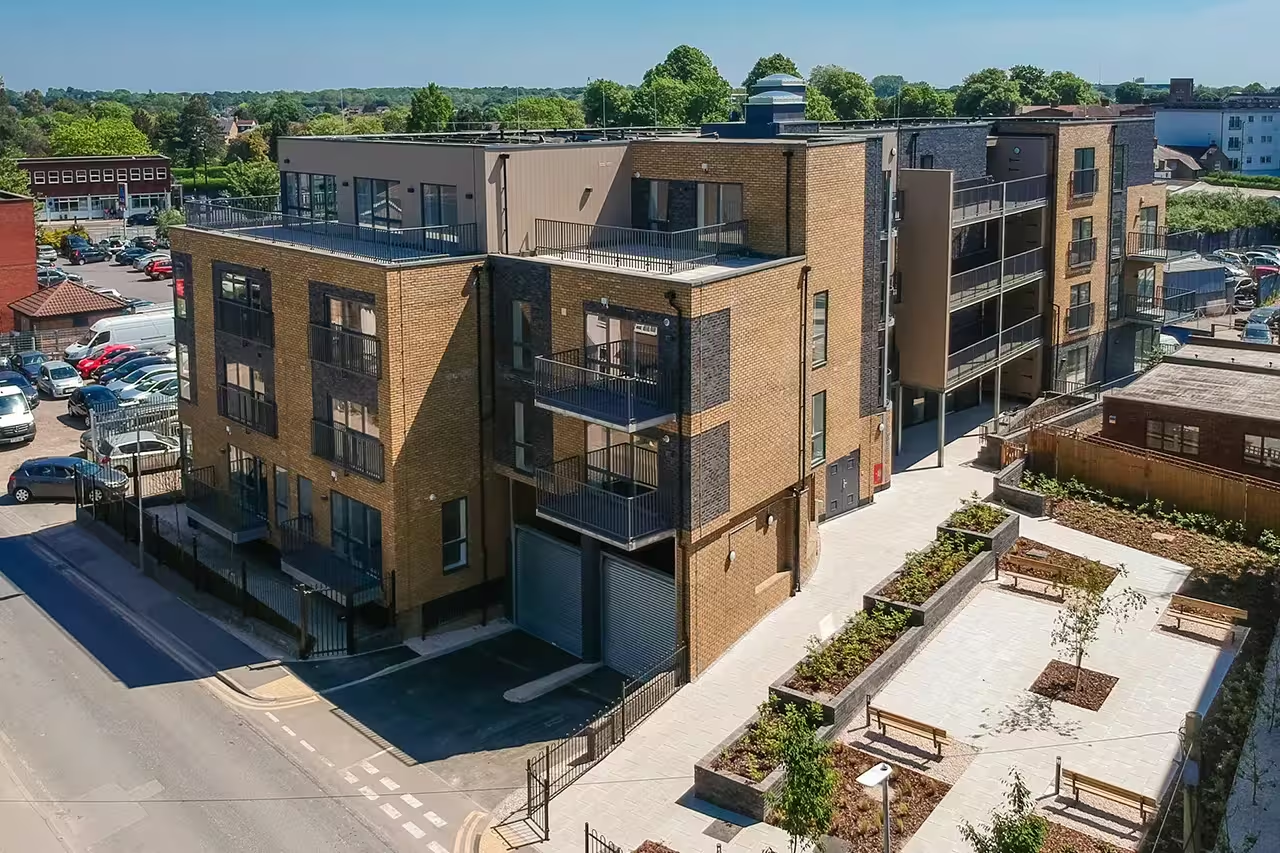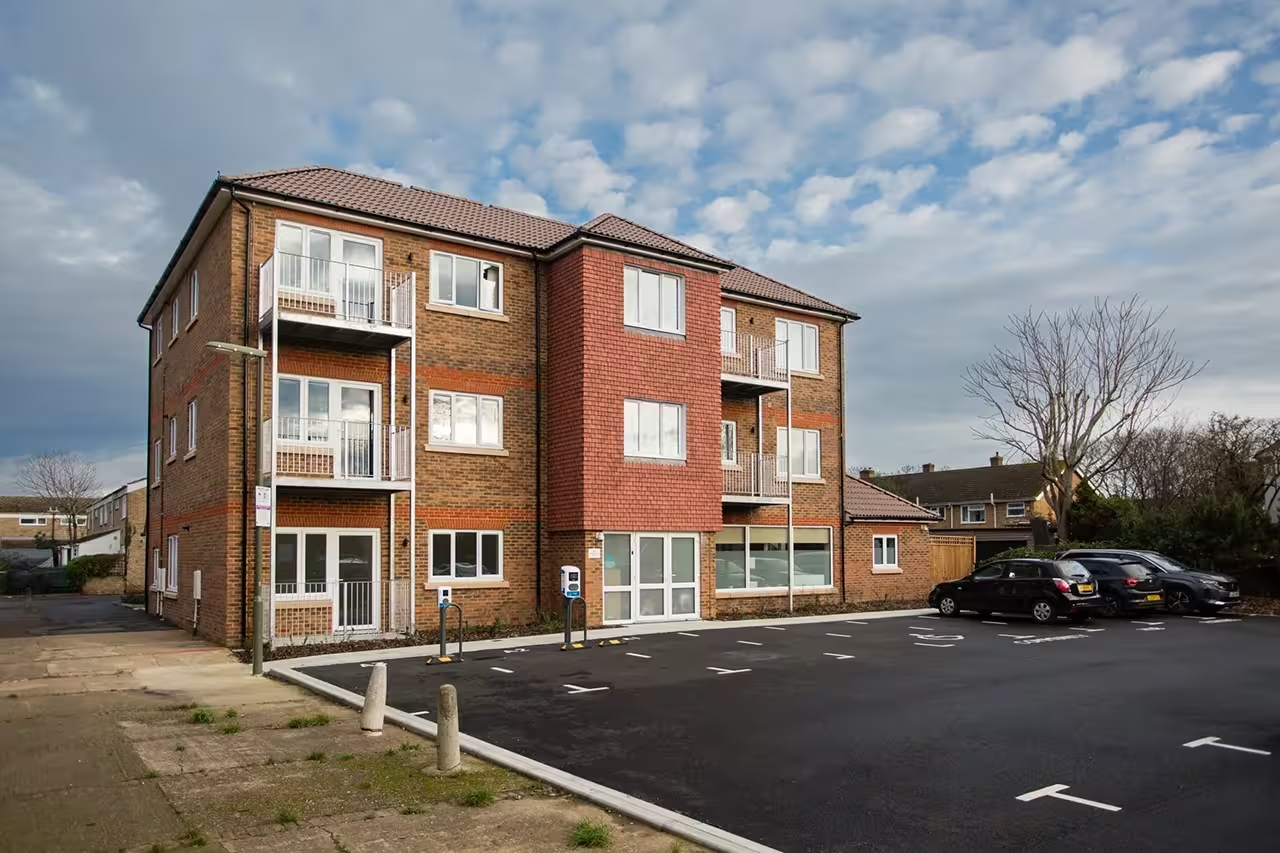Brown Roofs: Boosting Biodiversity with Sustainable Design
27 January 2025
Living roofs are increasingly making their mark in urban
architecture—not just for their striking appearance but also for the
incredible environmental benefits they offer. Among the green roofing
options available, brown roofs stand out as powerful tools for
promoting biodiversity and supporting local ecosystems.
Why Choose a Brown Roof?
A well-designed and properly installed brown roof goes far beyond
aesthetics. These unique living roofs are designed to replicate local
brownfield habitats—those often forgotten, post-industrial spaces that
teem with wildlife. By mimicking these environments, brown roofs
provide essential shelter and food for many species, from beetles and
butterflies to birds and solitary bees. But the benefits don’t stop
there. Brown roofs help regulate building temperature by reducing the
need for artificial cooling during warmer months, and they effectively
manage rainwater by capturing runoff—helping to reduce flood risk in
urban areas. One key consideration, however, is weight. The added load
of soil, vegetation, and habitat materials means that the building’s
structure and foundations must be able to support it. If the design
can't accommodate this, lighter options like a sedum or lightweight
green roof may be more suitable.
Ecological Design Principles at Work
Ecological design principles guide brown and green roofs alike. These
systems can replace habitats lost to urban development or create
entirely new ones, actively encouraging the return of local flora and
fauna. Green roofs typically feature a variety of plant life and can
provide food, nesting opportunities, and shelter for spiders,
butterflies, beetles, birds, and other invertebrates. Brown roofs take
this further by emulating local brownfield environments using a mix of
local aggregates, stones, reclaimed timber, recycled building
materials, and other natural debris. This patchwork creates a habitat
rich in microhabitats and hiding spots for native wildlife. Many
invertebrates, such as solitary bees, benefit from including
additional features like hollow stems (bamboo canes are a favourite)
or drilled logs, which provide perfect nesting sites. Other creatures
need crevices or logs to hibernate through the winter, making these
features a welcome addition to a brown roof.
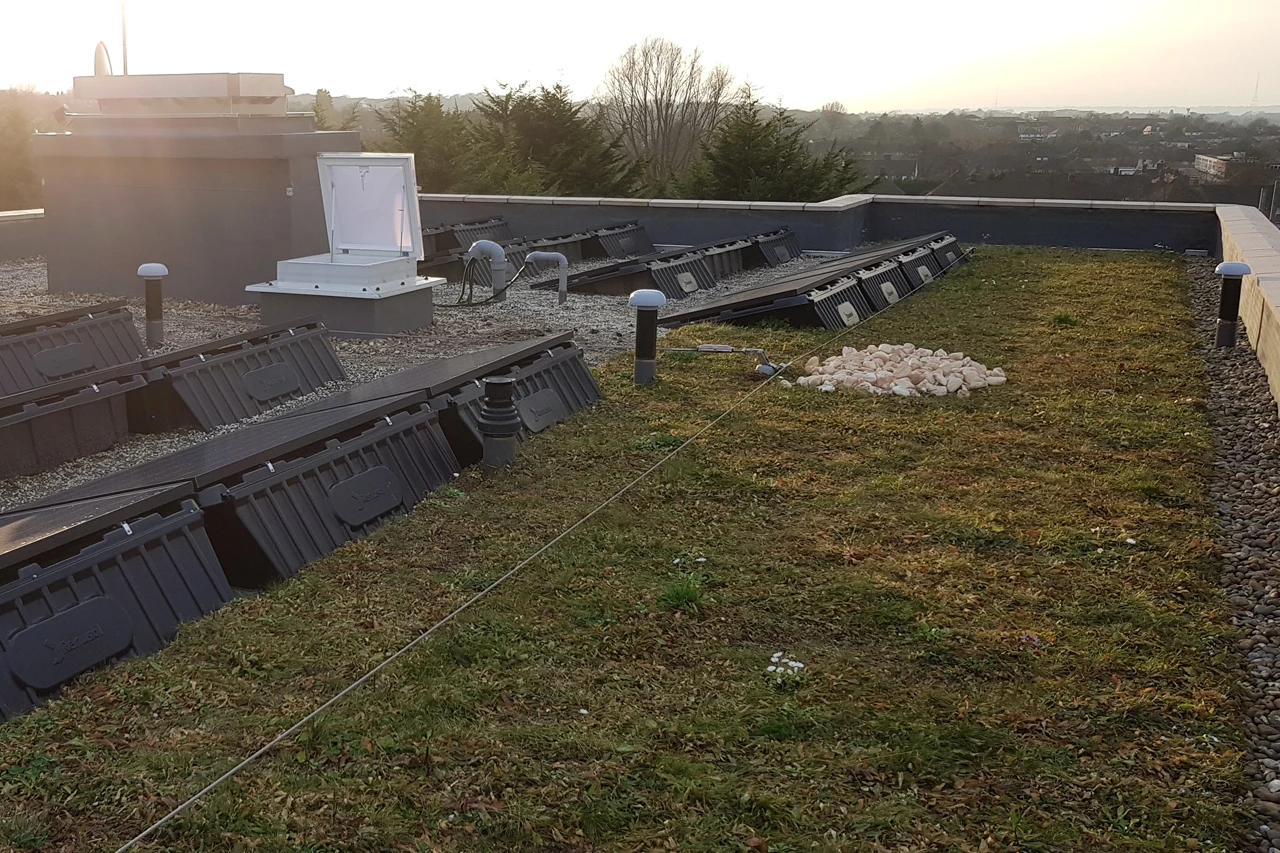
Designing for Biodiversity
A biodiverse roof is more than just a green space—it’s a carefully
designed habitat. The planting scheme typically reflects the plant
communities found in post-industrial landscapes, combining low-growing
species with taller flowering plants. These provide visual interest
and support pollinators throughout the year by retaining seed heads
through autumn and winter. Whenever possible, native plants or those
known to benefit local wildlife are prioritised. Aromatic species like
wild thyme and wild marjoram are often included—on warm, sunny days,
their essential oils are released into the air, attracting pollinators
and other invertebrates in droves.
Maintenance Made Simple
One of the great things about brown and green roofs is their
low-maintenance nature. That said, a little care goes a long way:
- Weed management: Remove unwanted or invasive plants annually. If left unchecked, nettles, thistles, and aggressive grasses can outcompete more desirable species.
- Growth control: Although excessive vegetation is rare on the low-nutrient substrates, any growth exceeding 250–300mm should be reduced.
- General maintenance: Drainage outlets and gravel or shingle borders should be inspected and cleared of vegetation twice a year.
- Plant care: A maintenance plan should be implemented to support the roof's biodiversity goals. Avoid removing organic materials that could serve as habitats or food sources for wildlife.
Brown roofs represent a smart, sustainable choice for urban
environments. They offer a practical solution to environmental
challenges while creating beautiful, life-filled spaces above our
heads. Whether retrofitting an existing building or starting from
scratch, incorporating a brown roof into your design is a meaningful
step towards a greener, more biodiverse future.
